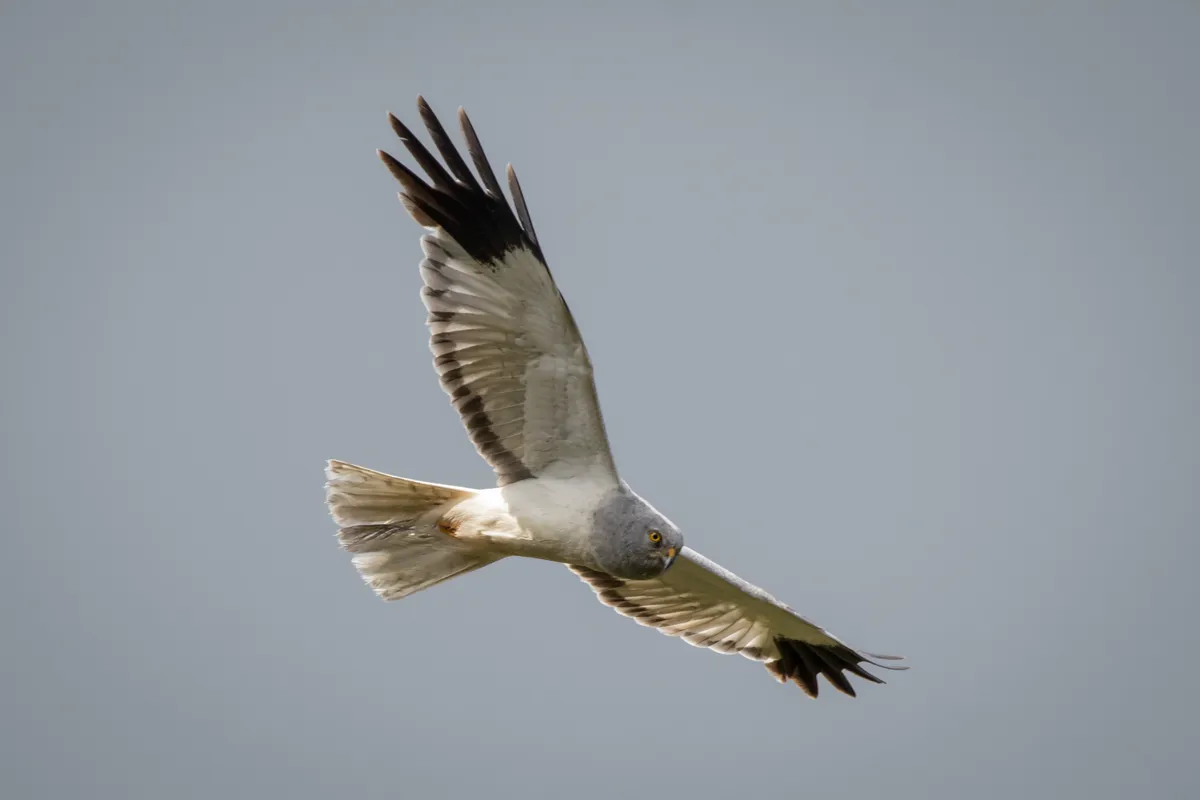The RSPB’s annual Birdcrime report, the UK’s only full data set on raptor persecution incidents, has revealed a worrying uptick, particularly during the COVID-19 lockdown. The report, which details the illegal shooting, trapping and poisoning of birds of prey, discloses a total of 137 incidents during 2020 alone, the highest number in the 30 years since recording began in 1990.
This is an unprecedented number. ‘Although we have become used to the illegal killing of birds of prey, the figure for 2020 is truly shocking,’ says Mark Thomas, the RSPB’s Head of Investigations. The numbers may also be much higher than this, as this total only reflects those incidents that were uncovered, and it is impossible to know how many birds were killed and never found.
Of these confirmed incidents the majority (99) were recorded in England, and the victims included 58 buzzards, 20 red kites, 16 peregrines, six sparrowhawks, three goshawks, in addition to other significant and vulnerable raptor species, including the iconic golden eagle. The major form of persecution was shooting, with 57 confirmed incidents, this was followed by poisoning (35 incidents). Other forms described in the report are trapping, nest destruction and ‘other’.

Birds of prey like these are protected by the Wildlife and Countryside Act of 1981 and to kill or injure one of these is a serious criminal offence that can incur hefty fines and even a prison sentence. Despite these deterrents, these crimes continue to rise unabated. Given only a small minority of those breaking the law ever face such consequences, it is likely that further action is needed to protect our birds of prey. Despite the record number of incidents, in 2020 there were only two prosecutions for raptor persecution offences.
Part of the problem is that many of these crimes go undetected and unreported. The RSPB and authorities have even suggested the spike seen last year may be due in part to the COVID lockdown, with criminals slipping under the radar during the time of national emergency.
‘It appears that criminals took advantage of lockdown to kill iconic birds, which is inexcusable,’ said Inspector Matt Hagen of the North Yorkshire Police.
North Yorkshire, for the seventh consecutive year, was again the hotspot for these incidents. This is likely due to the fact that the county is also a hotspot for game bird shooting.
It is this sport that is behind much of the raptor persecution, both directly and indirectly. Although raptor crimes have taken place on land managed for a variety of uses, a minimum of 85 (62%) of all confirmed incidents were linked to land managed for, or connected with, gamebird shooting. There is a clear link between raptor persecution and pheasant, partridge, and grouse shooting.
The most intensive form of shooting involves large numbers of grouse being ‘driven’ by beaters to a line of waiting guns. In order to maintain such large numbers of birds, gamekeepers have been known to kill the birds of prey that would otherwise predate on them. This is despite its illegality and the extreme negative effect it has on raptor conservation efforts.

The RSPB is therefore calling on the UK governments to implement a system of licensing for driven grouse shooting – something that has already been promised in Scotland.
‘The RSPB welcomes the announcement by the Scottish Government to license driven grouse moors there, but this has to happen now in England as well,’ says Mark Thomas.
‘Licensing should be conditional on compliance with wildlife protection laws, and if breached, should result in removal of the right to shoot. Those shoot operators who behave legally and responsibly should have nothing to fear from this sanction.’
It is hoped that licence revocation and a subsequent removal of the right to shoot would act as a clear and meaningful deterrent to this criminal behaviour. A greater rate of reporting of incidents would also help authorities to enforce the law.
If a member of the public finds a wild bird of prey that they suspect has been illegally killed, they can email crime@rspb.org.uk or fill in an online form provided by the RSPB.

Main image: A female hen harrier. © Pete Morris, RSPB.
